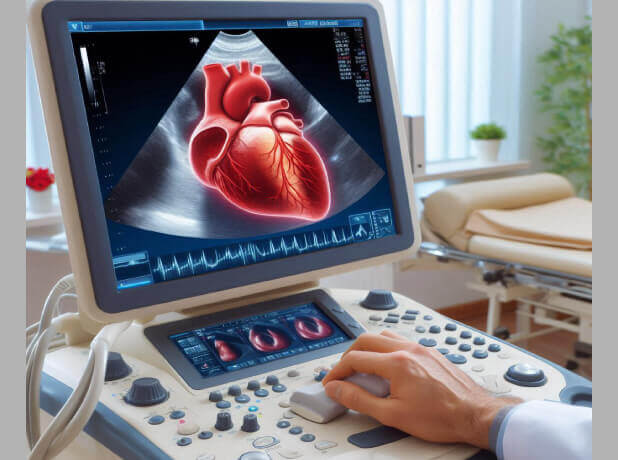Abstract
Trauma is a leading cause of death and disability worldwide across all age groups, with traumatic cardiac arrest (TCA) presenting a significant economic and societal burden due to the loss of productive life years. Despite TCA’s high mortality rate, recent evidence indicates that survival with good and moderate neurological recovery is possible. Successful resuscitation in TCA depends on the immediate and simultaneous treatment of reversible causes according to pre-established algorithms. The HOTT protocol, addressing hypovolaemia, oxygenation (hypoxia), tension pneumothorax, and cardiac tamponade, forms the foundation of TCA management. Advanced interventions, such as resuscitative thoracotomy and resuscitative endovascular balloon occlusion of the aorta (REBOA), further enhance treatment. Contemporary approaches also consider metabolic factors (e.g. hyperkalaemia, calcium imbalances) and hemostatic resuscitation. This narrative review explores the advanced management of TCA and peri-arrest states, discussing the epidemiology and pathophysiology of peri-arrest and TCA. It integrates classic TCA management strategies with the latest evidence and practical applications.
Key Points
- Epidemiology of TCA: Represents 4% of out-of-hospital cardiac arrests globally, predominantly affecting young males, with survival rates up to 10.6% in recent studies.
- Primary Causes: Hypoxia, hypovolemia, tension pneumothorax, and cardiac tamponade are the leading reversible causes of TCA.
- HOTT Protocol: Focuses on simultaneous management of hypovolemia, oxygenation deficits, tension pneumothorax, and tamponade to restore coronary perfusion pressure and achieve ROSC (return of spontaneous circulation).
- Blunt vs. Penetrating Trauma: Penetrating trauma has higher survival rates due to treatable vascular injuries, whereas blunt trauma often involves multi-system damage.
- Advanced Interventions: Resuscitative Thoracotomy (RT): Effective for cardiac tamponade and cases with signs of life (SOL) within specific time frames. REBOA: Temporarily occludes the aorta to control bleeding and improve proximal perfusion in exsanguinating patients.
- Vascular Access Challenges: Rapid vascular access is critical. Intraosseous access offers speed, while central venous catheters provide higher flow rates for volume resuscitation.
- Metabolic Management: Early correction of hyperkalemia and hypocalcemia is vital, as they frequently complicate severe hemorrhagic shock and massive transfusion.
- Role of Vasopressors: Generally avoided in TCA except in hypoxic or central nervous system-related arrests, where low-dose boluses may be used judiciously.
- Post-ROSC Care: Includes airway management, hemostatic resuscitation, and strategies to maintain normothermia and optimize oxygenation and perfusion.
- Future Directions: Greater emphasis on training, prehospital interventions, and technology integration, such as portable ultrasound and blood products, to enhance TCA management.
Open Access This article is licensed under a Creative Commons Attribution 4.0 International License, which permits use, sharing, adaptation, distribution and reproduction in any medium or format, as long as you give appropriate credit to the original author(s) and the source, provide a link to the Creative Commons licence, and indicate if changes were made. The images or other third party material in this article are included in the article’s Creative Commons licence, unless indicated otherwise in a credit line to the material. If material is not included in the article’s Creative Commons licence and your intended use is not permitted by statutory regulation or exceeds the permitted use, you will need to obtain permission directly from the copyright holder. To view a copy of this licence, visit http://creativecommons.org/licenses/by/4.0/.

